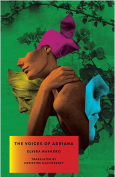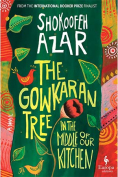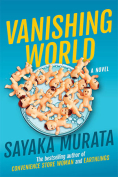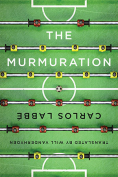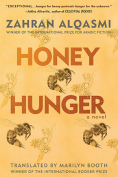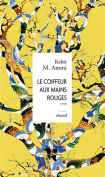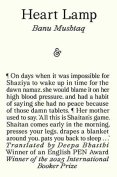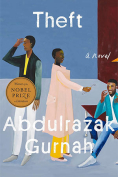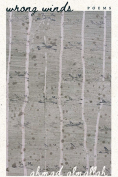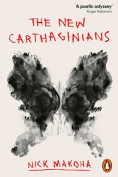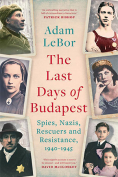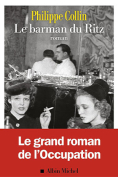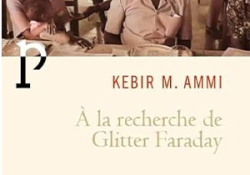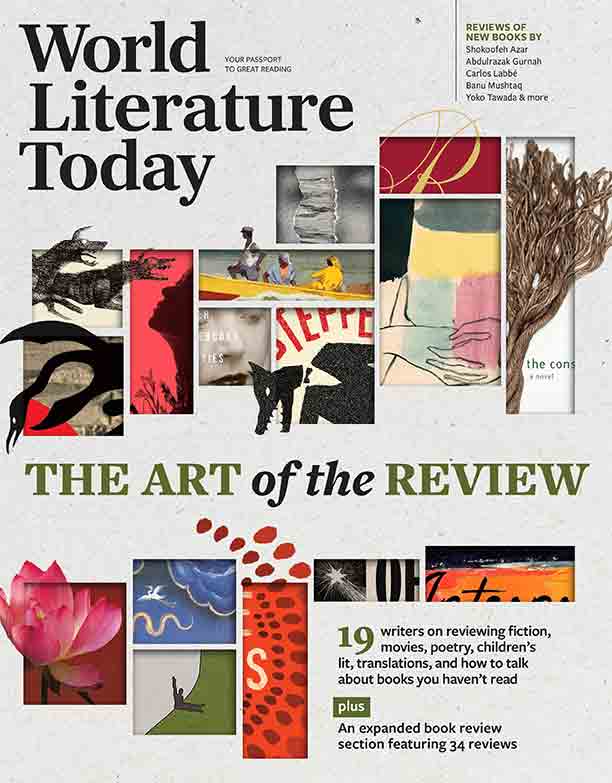Le coiffeur aux mains rouges by Kebir M. Ammi
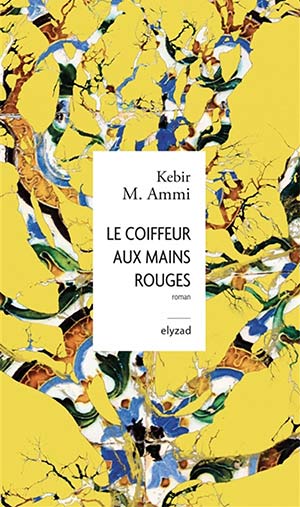
Tunis. Editions Elyzad. 2025. 160 pages.
Picture an almond tree—prunus triloba—fanning its pink blossoms. It is the perfect illustration of a detective novel. Starting from the trunk (the crime), indices and clues lead the search for the murderer outward, exhausting one venue (branch) after another until the crime is solved, at the extreme end of the last branch. Such is the structure, one could argue, of Agatha Christie’s novels.
Kebir Ammi’s Le coiffeur aux mains rouges follows the opposite path. It starts at the tip of the branches with seemingly disconnected characters. Their stories start crisscrossing each other as the smaller twigs join into larger branches. This “thickening of the plot” creates a reverse suspense that starts to accelerate at the book’s halfway mark. The first half of the novel is the careful stage-setting of characters who lived through the dramatic events of August 29, 1962, in Marengo, Algeria. Half of the story is told in real time, and half of it is told by the narrator’s detective work after the events themselves—split time and time shifts break the story and highlight its existential and emotional pain.
The novel’s two main protagonists are the narrator, a French reporter, and Lakhdar, an Algerian immigrant. The narrator’s father committed atrocities during Algeria’s war of independence, then spent the rest of his life seeking forgiveness for them; Lakhdar was forced to witness his father’s murder at the hands of French soldiers. Both young men meet in the southern suburb of Châtenay called Butte rouge. This garden-city was conceived in 1931 as a revolutionary social housing project. Built of red brick on a hill, it housed working-class people and repatriated pieds-noirs, an island between Paris and the countryside. Ammi uses this spatial microcosm to set up an unlikely friendship weighted down by the fate and actions of their fathers.
The first chapters of Le coiffeur aux mains rouges introduce the narrator’s parents and a bevy of older characters who are former supporters of Algeria’s independence, including an aging French barber who takes Lakhdar as his apprentice. We must wait until the end of the novel, however, to learn what binds these characters together and what secrets they are carrying. In the final scene, Lakhdar and the narrator face each other in their parallel obsession of avenging and atoning. Their final encounter evokes others—the grandchild of a Holocaust survivor and the grandchild of a Nazi official, a Black South Afrikan and an Afrikaner, a Palestinian and an Israeli. The list is endless.
Unlike Agatha Christie’s “happy ending” relief, Le coiffeur aux mains rouges offers no closure. Can France reckon with this difficult past? Can obsession-induced violence be stopped? Can forgiveness and reconciliation break the cycle of evil? Both characters attempt to forget and move on, to no avail. Their existential and emotional pain remains with us as an unanswered peace offering.
Alice-Catherine Carls
University of Tennessee at Martin

